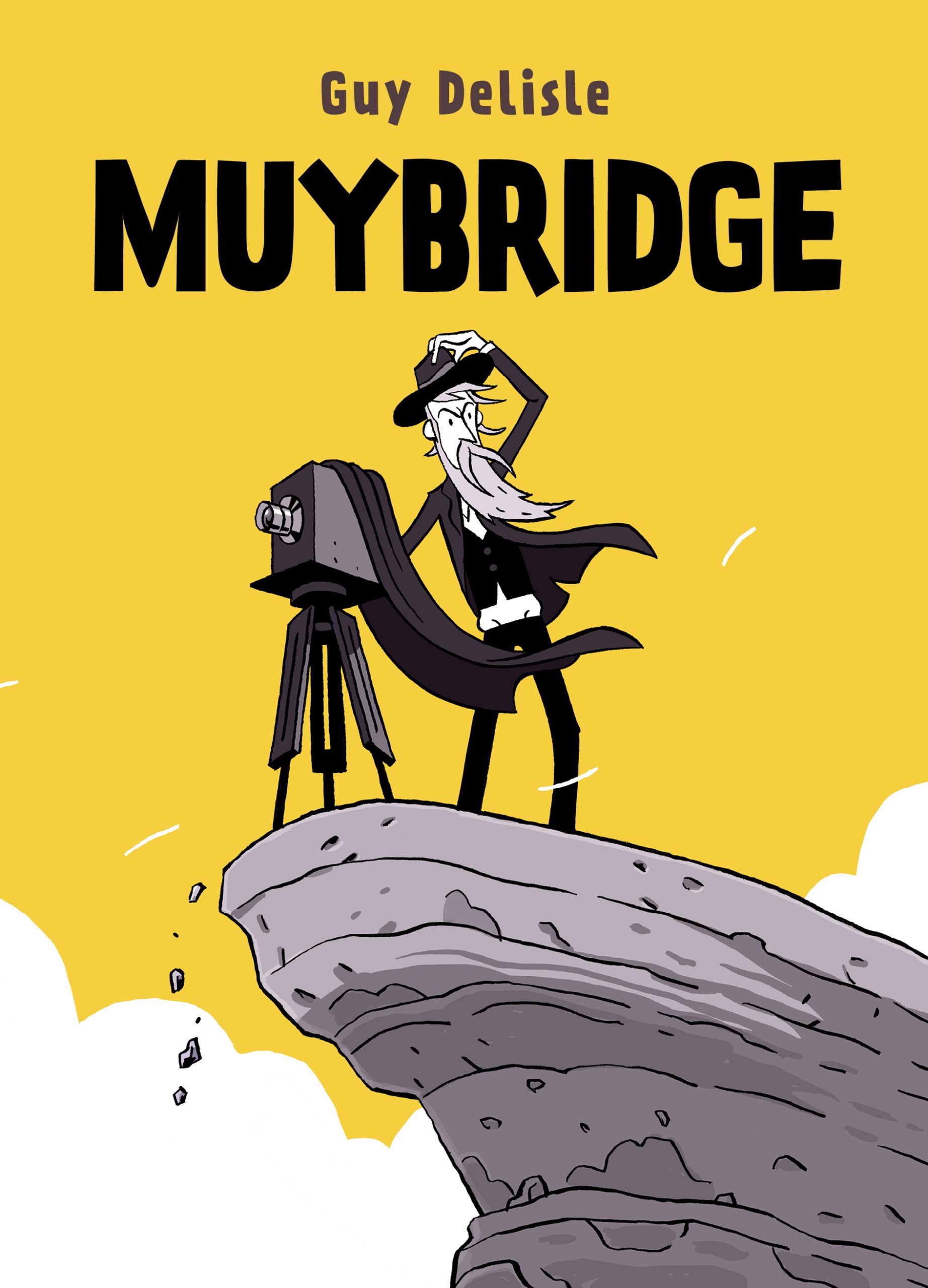One Building In The Earth
Maggie Helwig
ECW Press
$16.95
paper
133pp
1-55022-552-9
Many poets today like to explore the life of an historical figure. The usual title is The ___ Poems,” where the blank can be filled in with Norman Bethune (now a fading figure), Marie Curie, Sibelius – endless possible subjects. Helwig’s two important historical series are “Hunger and the Watchman: For Simone Weil,” and the “Marthe Poems.” Weil is so interesting in her own words that it seems superfluous to write about her. Much better are the more recent poems about a much less familiar figure, Marthe Bonnard, wife of the painted Pierre Bonnard, who painted many portraits of her in domestic scenes, most often in the bathtub. Helwig explores Marthe’s neuroses: she seems to have been housebound. She uses painterly terminology to convey the domestic atmosphere chez Bonnard:
I will crawl on my fingertips through
white lead
the ripe cheese oozing across the plate,
that female smell
past the high platter of vivid plum
to the place where you bend, mixing food
for the dog at the edge
of vision,
a silver spoon.
The language in the “Marthe Poems” makes demands on the reader which are not common in Helwig’s earlier work. The fact that the poem is so recent is encouraging: the poet is evolving. mRb






0 Comments